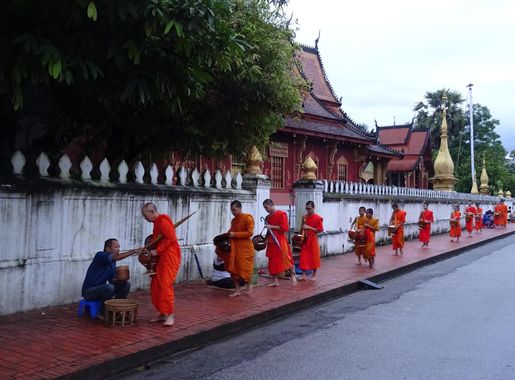
Luang Prabang: The Jewel of Laos
Discover Luang Prabang, a UNESCO World Heritage site in northern Laos, where serene temples, lush landscapes, and a rich cultural heritage await.
Luang Prabang, nestled in the mountainous region of northern Laos, is a UNESCO World Heritage site that captivates travelers with its serene beauty and rich cultural heritage. This enchanting city is renowned for its well-preserved architectural, religious, and cultural heritage, blending traditional Lao and French colonial influences. Visitors are often drawn to its tranquil atmosphere, where the Mekong and Nam Khan rivers converge, creating a picturesque landscape dotted with golden-roofed temples and charming riverside cafes. One of the highlights of Luang Prabang is its stunning temples, with Wat Xieng Thong being the most famous. This temple is a masterpiece of Lao architecture, adorned with intricate mosaics and ornate carvings. Another must-see is the Royal Palace Museum, which offers a glimpse into the history and culture of the Lao monarchy. As you explore the city, you'll encounter saffron-robed monks collecting alms at dawn, a daily ritual that adds to the city's spiritual ambiance. Nature lovers will find plenty to do in Luang Prabang, from the breathtaking Kuang Si Waterfalls to the lush Phousi Hill, which offers panoramic views of the city and its surroundings. The Night Market is a great place to shop for local handicrafts and sample delicious Lao cuisine. Whether you're seeking adventure, relaxation, or cultural immersion, Luang Prabang is a destination that promises an unforgettable experience.
Local tips in Luang Prabang
- Visit early morning to see the monks' alms-giving ceremony.
- Bring comfortable shoes for exploring temples and natural sites.
- Try local dishes like Laap and Khao Soi at the Night Market.
- Respect local customs by dressing modestly when visiting temples.
- Plan a boat trip on the Mekong River for a unique perspective of the city.
Luang Prabang: The Jewel of Laos
Luang Prabang, nestled in the mountainous region of northern Laos, is a UNESCO World Heritage site that captivates travelers with its serene beauty and rich cultural heritage. This enchanting city is renowned for its well-preserved architectural, religious, and cultural heritage, blending traditional Lao and French colonial influences. Visitors are often drawn to its tranquil atmosphere, where the Mekong and Nam Khan rivers converge, creating a picturesque landscape dotted with golden-roofed temples and charming riverside cafes. One of the highlights of Luang Prabang is its stunning temples, with Wat Xieng Thong being the most famous. This temple is a masterpiece of Lao architecture, adorned with intricate mosaics and ornate carvings. Another must-see is the Royal Palace Museum, which offers a glimpse into the history and culture of the Lao monarchy. As you explore the city, you'll encounter saffron-robed monks collecting alms at dawn, a daily ritual that adds to the city's spiritual ambiance. Nature lovers will find plenty to do in Luang Prabang, from the breathtaking Kuang Si Waterfalls to the lush Phousi Hill, which offers panoramic views of the city and its surroundings. The Night Market is a great place to shop for local handicrafts and sample delicious Lao cuisine. Whether you're seeking adventure, relaxation, or cultural immersion, Luang Prabang is a destination that promises an unforgettable experience.
When is the best time to go to Luang Prabang?
Iconic landmarks you can’t miss
Night Market
Experience the vibrant culture and delicious flavors of Luang Prabang at the enchanting Night Market, a must-visit for every traveler.
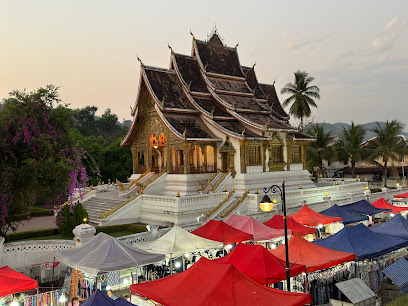
Phousi Hill
Discover the spiritual essence and breathtaking views of Phousi Hill, a must-visit Buddhist temple in the heart of Luang Prabang.
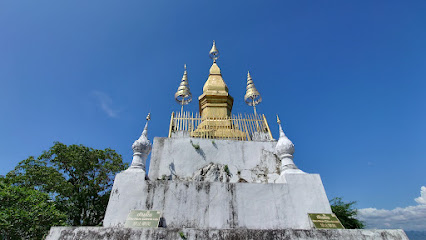
Wat Xiengthong
Explore the stunning beauty and spiritual significance of Wat Xiengthong, a must-visit Buddhist temple in the heart of Luang Prabang, Laos.

National Museum
Discover the National Museum in Luang Prabang, a treasure trove of Laotian history and culture set in a stunning royal palace.

Luang Prabang morning market
Experience the vibrant colors and flavors of the Luang Prabang morning market, a treasure trove of local culture and delicious delicacies.

Manda de Laos
Experience the rich flavors of Laotian cuisine at Manda de Laos, a culinary oasis in Luang Prabang, offering authentic dishes in a serene setting.
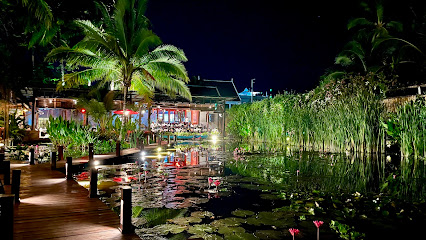
Tat Sae Waterfalls
Discover the stunning Tat Sae Waterfalls in Laos, where nature's beauty and tranquility await at every turn.
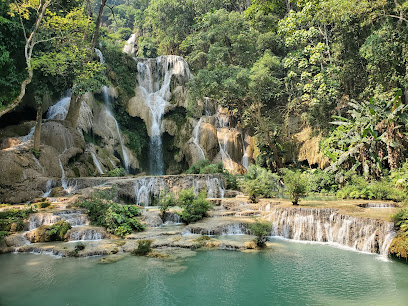
Pak Ou Caves
Discover the sacred beauty of Pak Ou Caves, where spirituality meets breathtaking landscapes in Laos' stunning natural setting.
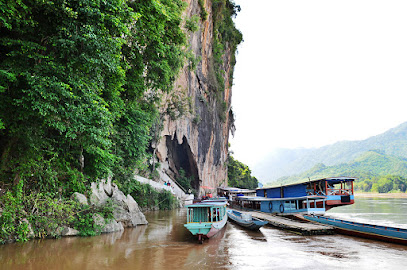
UXO Lao Visitor Center
Explore the profound impact of unexploded ordnance on Laos's history at the UXO Lao Visitor Center in Luang Prabang.
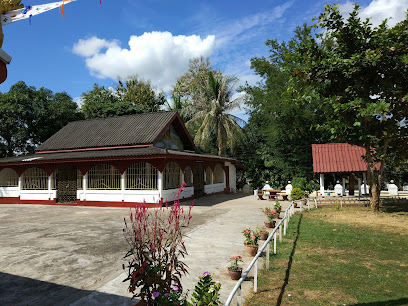
Khaiphaen
Savor authentic Laotian cuisine at Khaiphaen in Luang Prabang, where every dish supports local communities and reflects the rich culture of Laos.
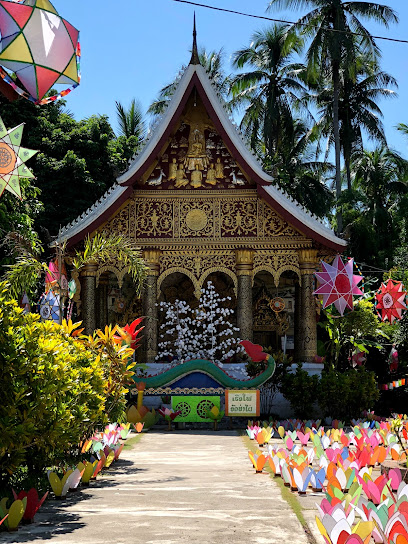
Traditional Arts and Ethnology Centre
Explore the rich cultural heritage of Laos at the Traditional Arts and Ethnology Centre in Luang Prabang, showcasing diverse ethnic traditions and arts.
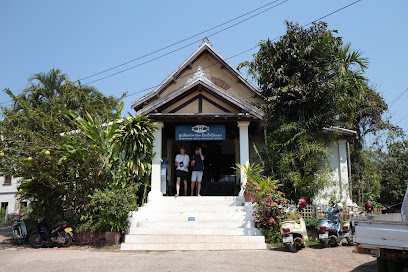
Wat Wisunarat
Explore the serenity of Wat Wisunarat, Luang Prabang's oldest Buddhist temple, where architecture meets spirituality in a tranquil setting.
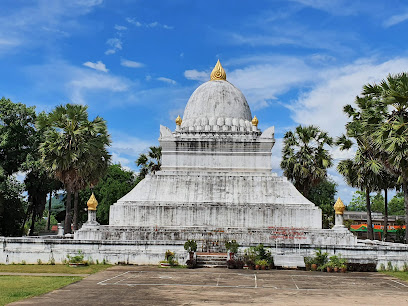
The Living Land Company
Experience the authentic embrace of Laotian culture and agriculture at The Living Land Company, a unique farmstay in Luang Prabang.

Nahm Dong Park
Explore the tranquil beauty of Nahm Dong Park, a nature preserve in Luang Prabang perfect for outdoor activities and relaxation amidst stunning landscapes.
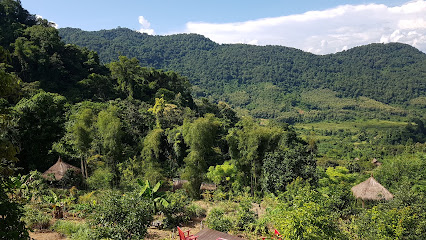
Mad Monkey Luang Prabang
Experience the charm of Luang Prabang at Mad Monkey, a youth hostel offering comfort, community, and cultural exploration in Laos.

Unmissable attractions to see
Phousi Hill
Experience the enchanting Phousi Hill in Luang Prabang, a sacred site offering stunning views and a serene atmosphere amidst rich cultural heritage.
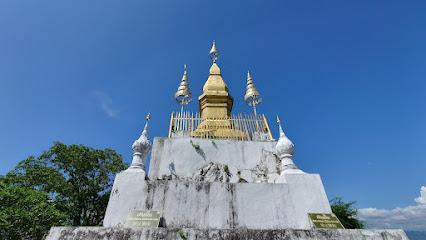
Wat Xiengthong
Explore Wat Xiengthong, Luang Prabang's iconic Buddhist temple, renowned for its stunning architecture and rich cultural heritage.
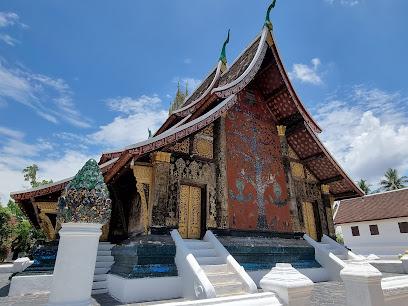
National Museum
Discover the rich history and cultural heritage of Laos at the National Museum in Luang Prabang, a former royal palace showcasing the country's treasures.
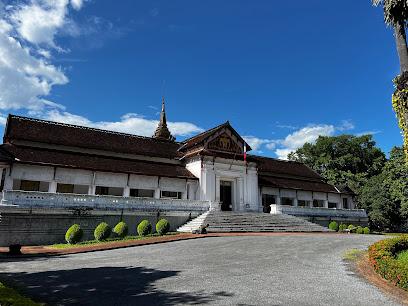
Tat Sae Waterfalls
Experience the breathtaking beauty of Tat Sae Waterfalls in Laos, a serene paradise with stunning turquoise pools and lush greenery for nature lovers.
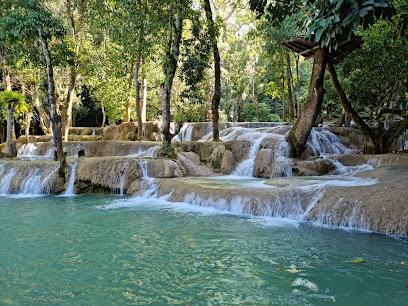
Phosy Market
Explore the colorful stalls of Phosy Market in Luang Prabang, where local culture, delicious street food, and unique handicrafts come together.
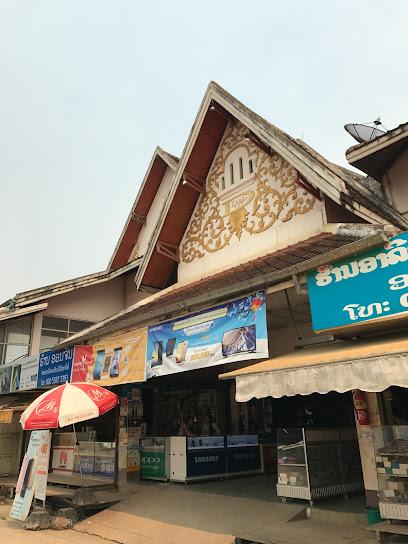
Pak Ou Caves
Explore the Pak Ou Caves, a spiritual sanctuary in Laos filled with Buddha statues, stunning views, and rich cultural heritage.
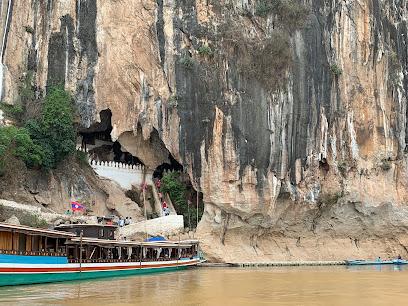
UXO Lao Visitor Center
Explore the poignant history of Laos at the UXO Lao Visitor Center in Luang Prabang, a must-visit for understanding the impact of conflict and resilience.
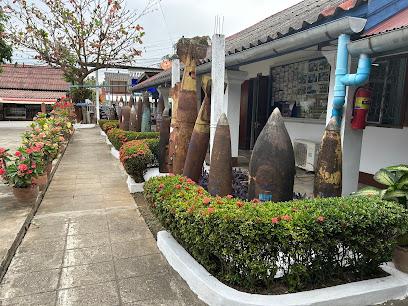
Traditional Arts and Ethnology Centre
Explore the rich cultural heritage of Laos at the Traditional Arts and Ethnology Centre in Luang Prabang, showcasing vibrant traditions and artistry.
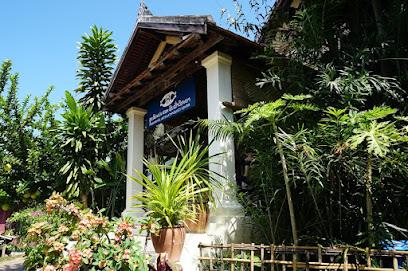
Manifa Elephant Camp
Discover the enchanting Manifa Elephant Camp in Xang Hai Village, a wildlife sanctuary combining adventure, culture, and conservation in beautiful Laos.
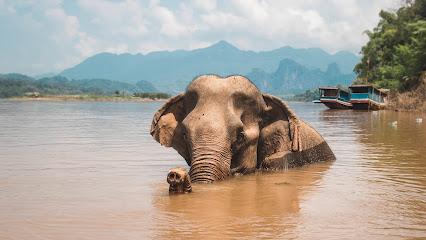
The Living Land Company
Experience sustainable agriculture and authentic Laotian cuisine at the Living Land Company in Luang Prabang, a unique farmstay for eco-conscious travelers.

Laos Buffalo Dairy
Experience the unique dairy culture of Laos at Laos Buffalo Dairy, where you can taste delicious buffalo milk products and learn about sustainable farming.
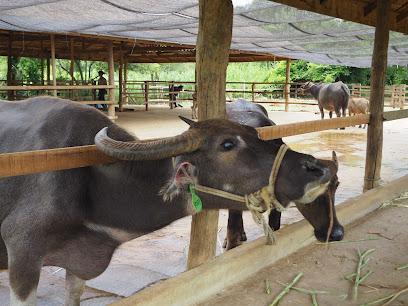
Ban Xang Hai
Experience the charm and culture of Ban Xang Hai, a serene village in Laos, known for its traditional whiskey distilleries and breathtaking landscapes.
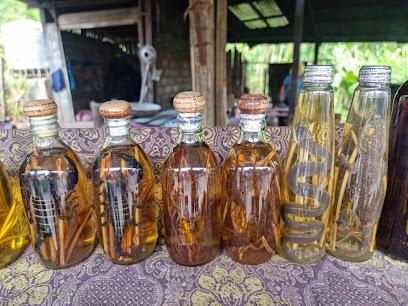
Luang Prabang Elephants camp
Discover the ethical and immersive experience at Luang Prabang Elephants Camp, where conservation meets adventure in the heart of Laos.
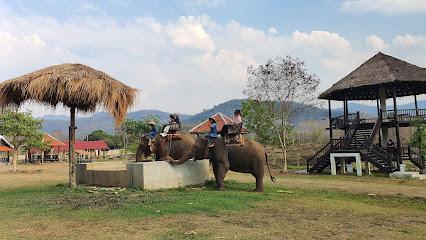
MandaLao Elephant Conservation
Experience the magic of MandaLao Elephant Conservation in Luang Prabang, a dedicated sanctuary committed to the ethical care of elephants and wildlife preservation.
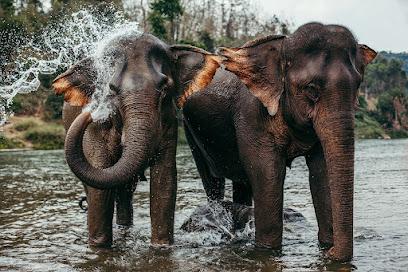
Kuang Si Butterfly park
Explore the breathtaking beauty of Kuang Si Butterfly Park in Ban Long, a serene sanctuary dedicated to the enchanting world of butterflies and nature's wonders.
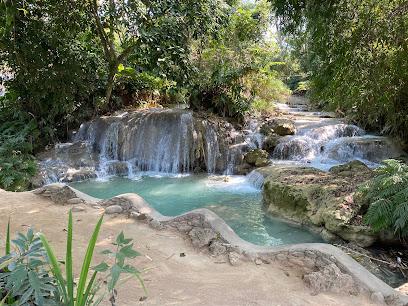
Essential places to dine
Manda de Laos
Experience authentic Laotian cuisine in a tranquil garden setting at Manda de Laos in Luang Prabang.
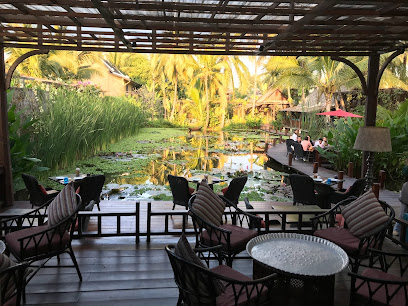
Dyen Sabai Restaurant
Experience authentic Laotian cuisine at Dyen Sabai Restaurant, where stunning riverside views meet delightful flavors.
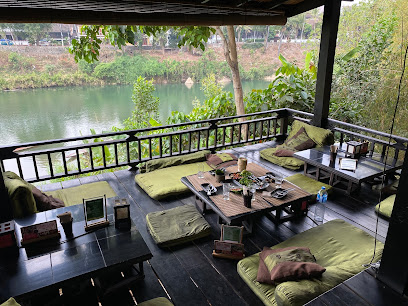
Bamboo Garden Restaurant
Experience authentic Laotian cuisine at Bamboo Garden Restaurant in Luang Prabang – where flavor meets hospitality.
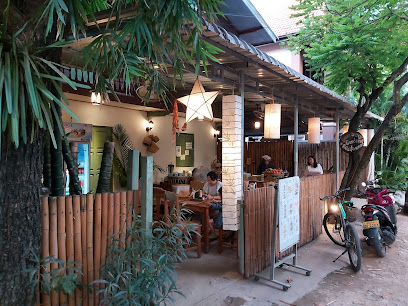
BOUANG Asian Eatery
Savor authentic Asian flavors at BOUANG Asian Eatery in Luang Prabang – a culinary haven blending tradition with modernity.

Popolo, Restaurant
Experience the vibrant culinary scene at Popolo Restaurant in Luang Prabang, offering delicious pizzas and creative cocktails in an inviting atmosphere.
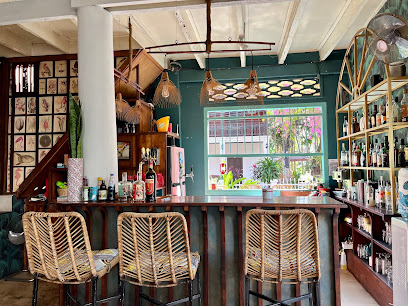
Tamarind
Experience authentic Laotian cuisine at Tamarind in Luang Prabang—where every dish tells a story.
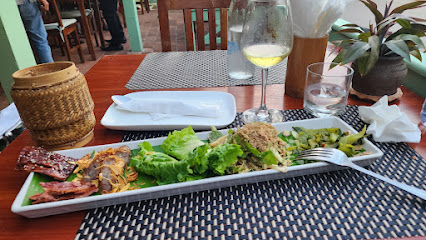
Tangor Restaurant Bar & Lounge
Experience exquisite Laotian-French fusion cuisine at Tangor Restaurant Bar & Lounge in the heart of Luang Prabang.

Two Little Birds Cafe
Discover Two Little Birds Cafe in Luang Prabang - where family-friendly dining meets delicious cuisine in a cozy setting.
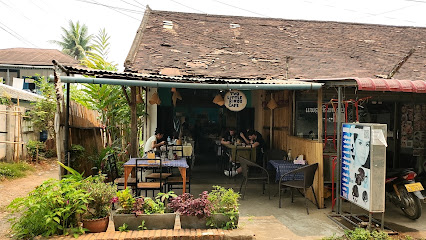
Khaiphaen
Discover the authentic taste of Laos at Khaiphaen, where tradition meets community in every delicious bite.
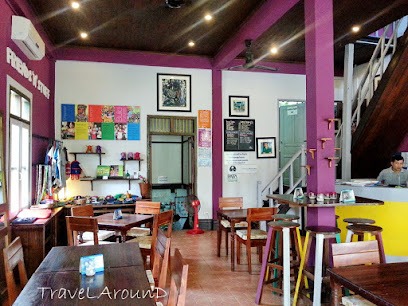
La Silapa Italian & Lao Kitchen
Experience the perfect blend of Italian and Laotian cuisine at La Silapa Italian & Lao Kitchen in Luang Prabang.
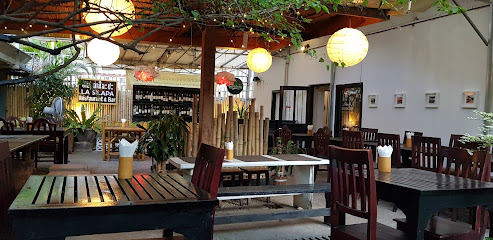
L’Elephant
Experience exquisite French cuisine at L’Elephant in Luang Prabang, where tradition meets taste amidst stunning surroundings.
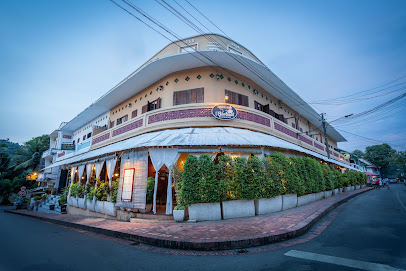
Bamboo Tree Restaurant and Cooking School
Explore authentic Laotian flavors at Bamboo Tree Restaurant and Cooking School in scenic Luang Prabang – where culinary art meets cultural immersion.
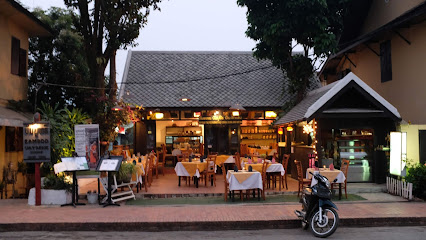
Phonheuang Cafe
Discover authentic Lao flavors at Phonheuang Cafe in Luang Prabang – where tradition meets taste in a cozy setting.
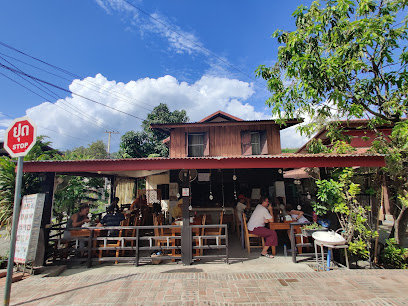
Taste Of Ceylon Luangphrabang
Experience the authentic tastes of Sri Lanka combined with Indian and Laotian delights at Taste Of Ceylon in beautiful Luang Prabang.
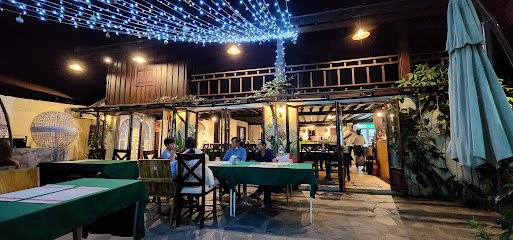
Yuni Yupoun
Experience the vibrant flavors of Laos at Yuni Yupoun in Luang Prabang – where tradition meets culinary innovation.
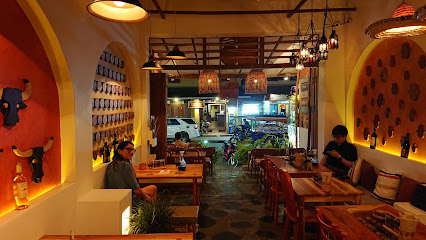
Markets, malls and hidden boutiques
Dara Market
Explore the vibrant Dara Market in Luang Prabang, where local crafts meet authentic Laotian cuisine in a bustling cultural experience.
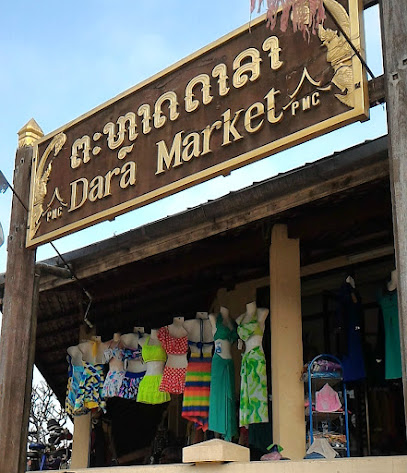
D&T Supermarket
Explore Luang Prabang through D&T Supermarket, where local flavors meet international products in a vibrant shopping atmosphere.
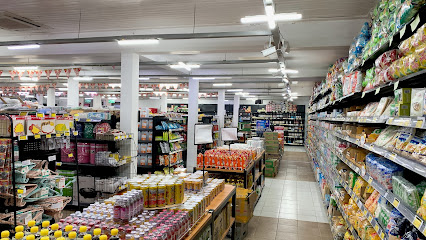
Garden of Eden Luang Pra Bang
Discover authentic Laotian crafts and immerse yourself in local artistry at the Garden of Eden, Luang Prabang's vibrant craft store.
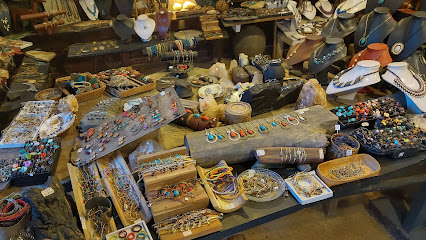
Ock Pop Tok Living Craft Centre
Discover the art of Laos at Ock Pop Tok Living Craft Centre, a unique blend of learning, culture, and handcrafted treasures in Luang Prabang.
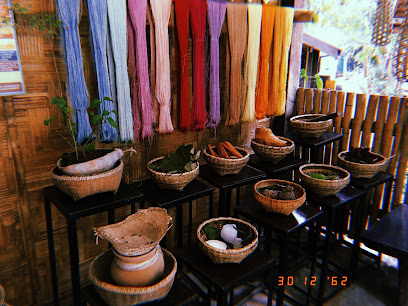
L'Etranger Books & Tea
Discover a cozy haven in Luang Prabang, where books meet tea, and culture blends with culinary delights.

Aromdee Shop (Coffee & Natural Products)
Discover Aromdee Shop in Luang Prabang - a premier destination for exquisite coffee and natural products, perfect for health-conscious tourists.
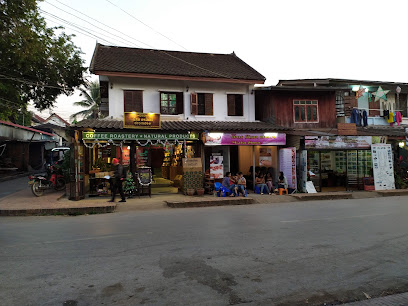
Nalongkone Shop:Saa paper handicraft
Explore the exquisite Saa paper handicrafts at Nalongkone Shop in Luang Prabang, a cultural treasure for unique souvenirs and local artistry.
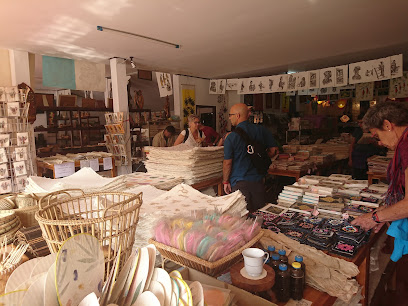
The Boutique by Ock Pop Tok
Discover the art of Laotian craftsmanship at The Boutique by Ock Pop Tok, where every piece tells a story of culture and tradition.
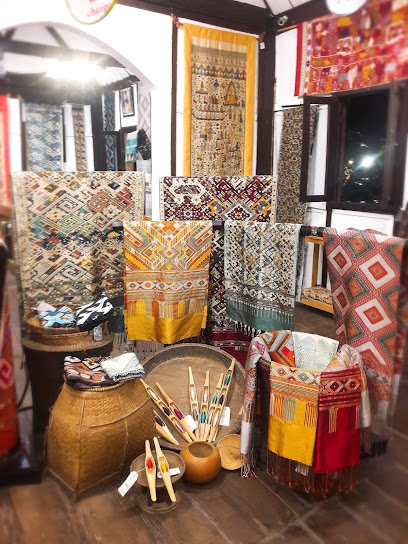
Naga Creations Art Jewelry
Explore the exquisite craftsmanship of Naga Creations Art Jewelry, where Laotian heritage meets modern elegance in stunning handcrafted designs.
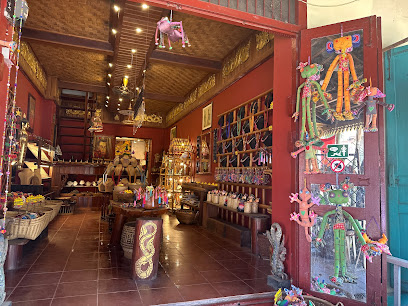
Caruso Creations Luang Prabang
Explore the authentic charm of Luang Prabang at Caruso Creations, a boutique celebrating Lao craftsmanship and culture.
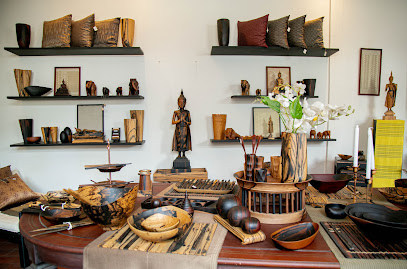
Friends Visitor Center / Anakha (The Blue House)
Explore the essence of Lao craftsmanship at Anakha, The Blue House, where vibrant textiles and unique handicrafts await your discovery.
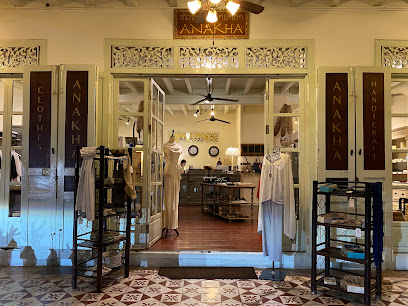
MINISO
Explore MINISO in Luang Prabang: A vibrant gift shop offering unique, affordable products perfect for souvenirs and personal treats.
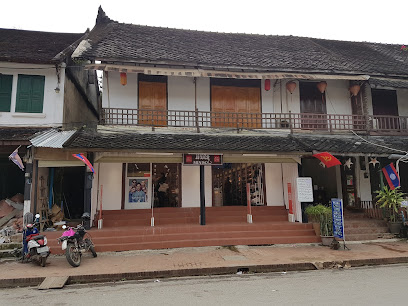
lalalaos
Discover unique T-shirts inspired by Laotian culture in the heart of Luang Prabang – the perfect souvenir for travelers.
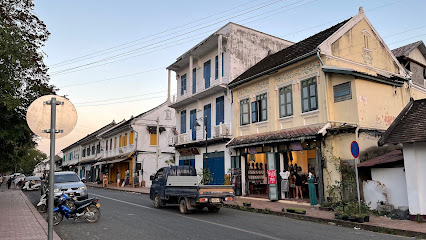
TAEC Boutique
Explore the heart of Laos at TAEC Boutique, where authentic craftsmanship meets cultural heritage in Luang Prabang.
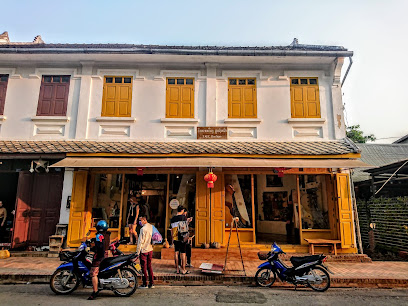
Ma Te Sai
Discover the essence of Laos at Ma Te Sai, where handmade crafts, serene coffee moments, and scenic boat tours await your exploration.
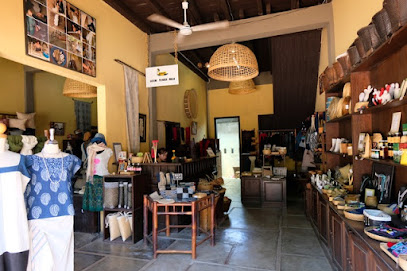
Essential bars & hidden hideouts
Tangor Restaurant Bar & Lounge
Experience the perfect blend of Laotian and international flavors at Tangor Restaurant Bar & Lounge in Luang Prabang.
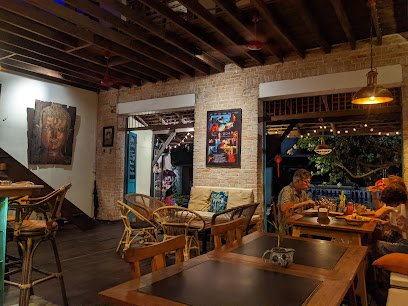
Maolin Tavern
Experience the vibrant nightlife of Luang Prabang at Maolin Tavern, where local flavors meet a lively atmosphere on Sisavangvong Road.
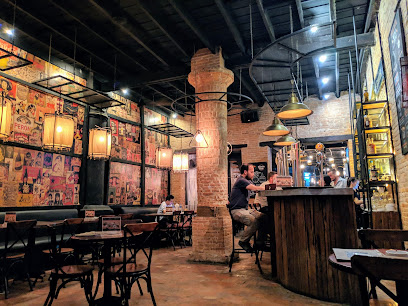
Fullmoon karaoke
Experience the vibrant nightlife of Luang Prabang at Fullmoon Karaoke, where you can sing your favorite songs and make unforgettable memories.
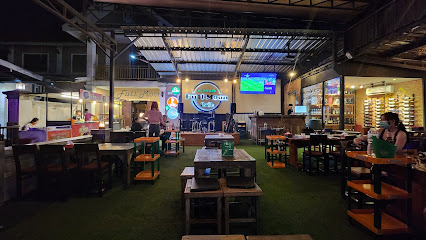
Opera Bar Luang Prabang
Experience the vibrant nightlife of Luang Prabang at Opera Bar, where delightful drinks meet a lively atmosphere.
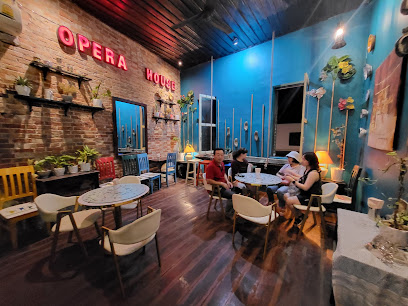
Redbul Sport bar
Experience the vibrant atmosphere of Redbul Sport Bar, where Pan-Asian cuisine meets a lively bar scene in the heart of Luang Prabang.
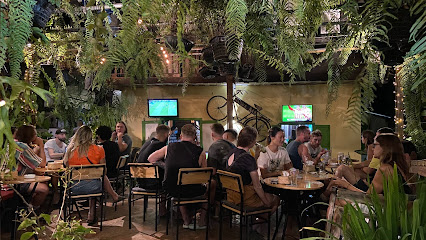
Icon Klub
Discover the vibrant nightlife of Luang Prabang at Icon Klub, where innovative cocktails and live entertainment await in a stylish setting.
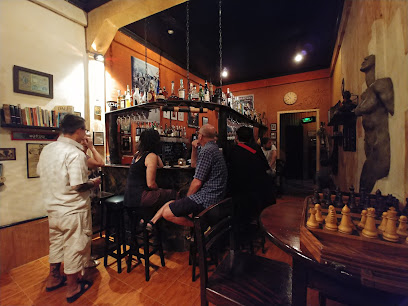
Aussie Bar - Sports Bar
Experience the vibrant atmosphere of Aussie Bar - a premier sports bar in Luang Prabang, offering delicious food and drinks in a lively setting.
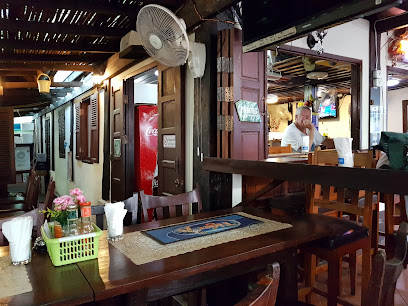
Artisan Bar
Discover the vibrant ambiance and unique cocktails at Artisan Bar, the go-to cocktail bar in Luang Prabang for a perfect evening out.
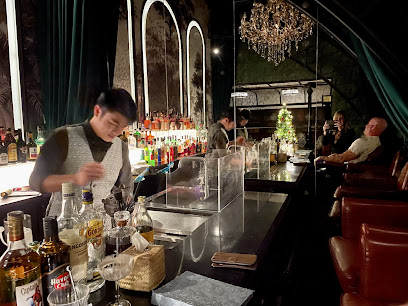
QQ Restaurant and Bar
Experience the vibrant atmosphere of QQ Restaurant and Bar in Luang Prabang, where local flavors meet lively nightlife for an unforgettable evening.
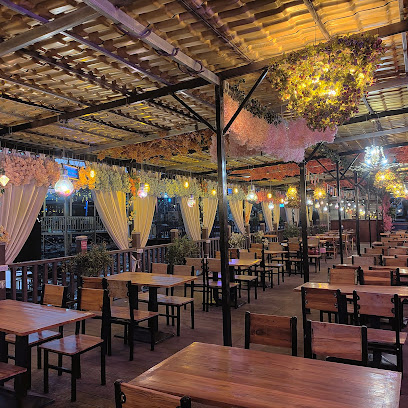
360 sunset
Experience breathtaking sunsets, exquisite cocktails, and vibrant atmosphere at 360 Sunset Bar in Luang Prabang, a true gem for travelers.
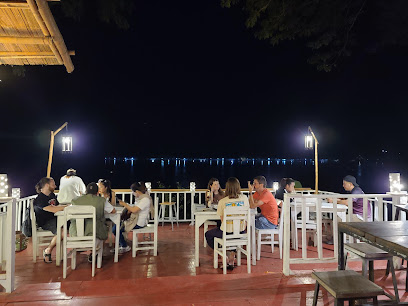
LPMC Bar & Restaurant
Discover the lively ambiance and delicious local cuisine at LPMC Bar & Restaurant in Sakarine, the perfect spot for tourists to unwind and socialize.
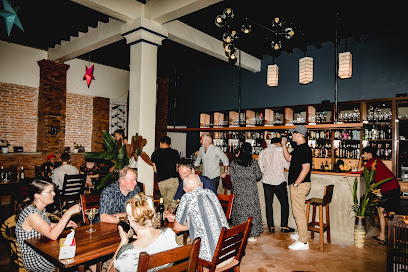
The Fat Cat
Experience the best of Luang Prabang at The Fat Cat, a cozy bar offering great drinks, a friendly atmosphere, and unforgettable nights.
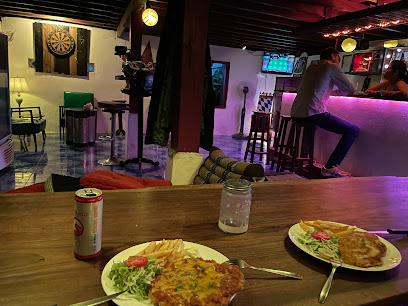
Bounthavy
Experience the vibrant nightlife of Luang Prabang at Bounthavy, where local culture meets refreshing beverages in a cozy atmosphere.
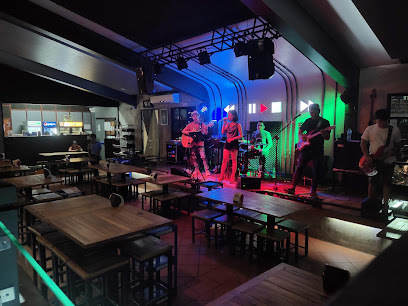
Riverside bar
Experience the enchanting Riverside Bar in Luang Prabang, where stunning views and a relaxed atmosphere make for the perfect retreat.
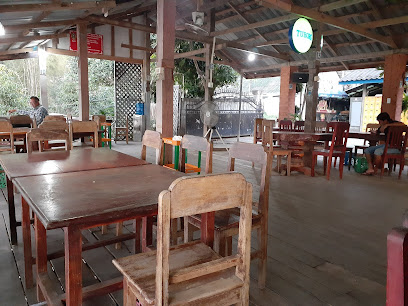
Nagini by 3 Nagas
Experience the perfect blend of traditional Lao culture and modern bar aesthetics at Nagini by 3 Nagas in Luang Prabang.
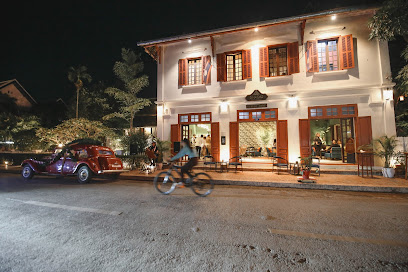
Local Phrases
-
- Helloສະບາຍດີ
[sa bai dee] - Goodbyeດີດີ
[dee dee] - Yesຮີ
[hi] - Noບໍ່
[bo] - Please/You're welcomeກະລຸນາ
[ka lai na] - Thank youຂອບໃຈ
[kop jai] - Excuse me/Sorryຂ້າພະເຈົ້າ
[ka pha chao] - How are you?ວ່າຈັກເດີນມາ?
[wa jak deen ma?] - Fine. And you?ດີດີ. ແລ້ວເຈົ້າເດີນໄດ້ບໍ?
[dee dee. lai jao deen dai bo?] - Do you speak English?ເຈ້ເວົ້າพูดພາສາອັງກິ່ງໄດ້ບໍ?
[jao wai pud pha sa ang kung dai bo?] - I don't understandຂ້ອຍບໍ່ເຂົ້າ
[koi bo khao]
- Helloສະບາຍດີ
-
- I'd like to see the menu, pleaseຂ້ອຍຢາງໄທລາຍບຫຼບໍ່?
[koi yak tai lai blab bo?] - I don't eat meatຂ້ອຍບໍ່ກິນຊີ
[koi bo kin si] - Cheers!ສະບາຍດີ
[sa bai dee] - I would like to pay, pleaseຂ້ອຍຢາງຈ່າຍເດີນໄດ້ບໍ
[koi yak jai deen dai bo]
- I'd like to see the menu, pleaseຂ້ອຍຢາງໄທລາຍບຫຼບໍ່?
-
- Help!ຊ່ວຍ
[sue] - Go away!ຈົວເພນ
[jao phen] - Call the Police!ໂທດສາຍພະແນກ
[tho sa yai pha neak] - Call a doctor!ໂທເພື່ອພະຍາຍ
[tho puay pha nyai] - I'm lostຂ້ອຍອົດເຖິງ
[koi ot teung] - I'm illຂ້ອຍຮັກ
[koi hak]
- Help!ຊ່ວຍ
-
- I'd like to buy...ຂ້ອຍຢາງຊື່...
[koi yak su...] - I'm just lookingຂ້ອຍເບິ່ງເຂົ້າໄດ້
[koi bing khao dai] - How much is it?ກີບ່ອນນີ້ເດີນໄດ້ບໍ?
[kip on ni deen dai bo?] - That's too expensiveນີ້ຜິດແຈນໄດ້ແມ່
[ni pid chan dai mae] - Can you lower the price?ເຈົ້ານອນດີແລກລາຄາແຂງໃຈໄດ້ບໍ?
[jao non dee lek la kha kheng jai dai bo?]
- I'd like to buy...ຂ້ອຍຢາງຊື່...
-
- What time is it?ເວລາແມ່ນຫຼາຍ?
[wela ma nai?] - It's one o'clockເວລາສາມາດ
[wela samat] - Half past (10)ຕືນກ່ອນ
[tun korn] - Morningຕອນກ່ອນ
[ton korn] - Afternoonສວຍ
[suai] - Eveningກາງຄ່າວ
[kang kwa wa] - Yesterdayມື້ວາ
[me wa] - Todayມື້ນີ້
[me ni] - Tomorrowມື້ອື່ນ
[me un] - 1ໜານ
[nan] - 2ເອັດ
[et] - 3ສາມ
[sam] - 4ສີ່
[si] - 5ຫ້າ
[ha] - 6ຫົວ
[hu] - 7ແປວ
[paet] - 8ເຈັດ
[jet] - 9ເກົາ
[kao] - 10ສາຢັນ
[sa yan]
- What time is it?ເວລາແມ່ນຫຼາຍ?
-
- Where's a/the...?ມັງກ່ອນມື້
[mong korn me] - What's the address?ທ່ານມີອີສະລາສ໌ບລີ່ງເພື່ອທີ່?
[than mi isa lao bong puay teu?] - Can you show me (on the map)?ເຈ້ເວົ້ານໍ້ານວ່າງໃຈໄດ້ບໍ?
[jao non na wang jai dai bo?] - When's the next (bus)?ເວລານັ້ນທ່ານຍັງ?
[wela nan than yang?] - A ticket (to ....)ຟາຍຄ່າບໍ?
[fai kwa bo?]
- Where's a/the...?ມັງກ່ອນມື້
History of Luang Prabang
-
Luang Prabang, originally known as Muang Sua, was established in the 8th century by the Khun Lo dynasty. It became an important center due to its strategic location at the confluence of the Mekong and Nam Khan rivers.
-
In 1353, Fa Ngum founded the Lan Xang Kingdom, with Luang Prabang as its capital. The kingdom, known as the 'Land of a Million Elephants,' marked the beginning of a golden era, blending Theravada Buddhism with local traditions.
-
Theravada Buddhism was introduced to Luang Prabang in the 14th century, profoundly influencing its culture. The city is home to numerous monasteries and temples, including the famous Wat Xieng Thong, showcasing intricate Laotian artistry.
-
In 1560, King Setthathirath moved the capital of Lan Xang from Luang Prabang to Vientiane to better defend against Burmese invasions. Despite this, Luang Prabang remained a vital religious and cultural center.
-
In the late 19th century, Luang Prabang became a French protectorate. The city saw significant architectural changes, blending traditional Lao styles with French colonial designs, a fusion still visible today.
-
During World War II, Luang Prabang was briefly occupied by Japanese forces in 1945. After the war, it became part of the newly formed Kingdom of Laos in 1949, marking the beginning of the end for colonial rule.
-
The Lao Civil War (1959-1975) deeply affected Luang Prabang. Although the city itself saw limited combat, it was a strategic location for both royalist and communist forces. The war concluded with the establishment of the Lao People's Democratic Republic.
-
In 1995, Luang Prabang was designated a UNESCO World Heritage Site. This recognition helped preserve its unique architecture, natural beauty, and cultural heritage, making it a major tourist destination.
Luang Prabang Essentials
-
Luang Prabang is accessible by several means. The Luang Prabang International Airport (LPQ) is the primary gateway, with flights from major Southeast Asian cities like Bangkok, Hanoi, and Kuala Lumpur. You can also take a bus from Vientiane, the capital of Laos, which takes approximately 10-12 hours. For a more scenic route, consider taking a slow boat along the Mekong River from Huay Xai, which takes about two days with an overnight stop in Pakbeng.
-
In Luang Prabang, getting around is relatively easy. Tuk-tuks and taxis are the most common forms of transportation and are generally affordable. Bicycle and motorbike rentals are also popular and provide a convenient way to explore the city at your own pace. For short distances, walking is a great option as many attractions are within close proximity to each other. The city also offers riverboat services for trips along the Mekong River.
-
The official currency in Laos is the Lao Kip (LAK). While some high-end hotels and restaurants accept credit cards, cash is generally preferred, especially in smaller establishments and markets. ATMs are widely available in Luang Prabang, but it's advisable to carry some cash with you. US Dollars and Thai Baht are also accepted in some places, but it's best to have local currency for most transactions.
-
Luang Prabang is generally considered a safe destination for tourists. However, like any travel destination, it's important to take standard precautions. Avoid walking alone at night in poorly lit areas and keep an eye on your belongings in crowded places like markets. Petty theft, such as pickpocketing, can occur, so remain vigilant. Areas around the night market and the Mekong riverside can get crowded, so be extra cautious.
-
In case of an emergency, dial 1191 for police assistance and 1195 for medical emergencies. The main hospital in Luang Prabang is the Provincial Hospital, but for serious medical conditions, it might be necessary to travel to Vientiane or even Bangkok. Pharmacies are available for minor health issues. It's highly recommended to have travel insurance that covers medical emergencies.
-
Fashion: Do dress modestly, especially when visiting temples. Avoid wearing revealing clothing. Religion: Do respect local customs and traditions. Always remove your shoes and cover your shoulders and knees when entering temples. Public Transport: Do be respectful and courteous. Don't haggle aggressively with tuk-tuk drivers. Greetings: Do greet people with a 'nop,' a slight bow with your hands pressed together. Eating & Drinking: Do try local dishes and be open to different flavors. Don't touch food with your left hand as it is considered unclean.
-
To experience Luang Prabang like a local, visit the morning market where vendors sell fresh produce and traditional Lao foods. Engage with locals, who are often friendly and eager to share their culture. Don't miss the opportunity to participate in the alms-giving ceremony at dawn, where monks collect offerings from residents and tourists alike. For a unique experience, take a boat trip on the Mekong River to visit the Pak Ou Caves, which are filled with thousands of Buddha statues.
Trending Landmark in Luang Prabang
Nearby Cities to Luang Prabang
-
Things To Do in Vang Vieng
-
Things To Do in Phonsavan
-
Things To Do in Xieng Khouang
-
Things To Do in Muang Sing
-
Things To Do in Nan
-
Things To Do in Vientiane
-
Things To Do in Chiang Rai
-
Things To Do in Loei
-
Things To Do in Udon Thani
-
Things To Do in Sapa
-
Things To Do in Chiang Mai
-
Things To Do in Pai
-
Things To Do in Thakhek
-
Things To Do in Sukhothai
-
Things To Do in Hanoi






